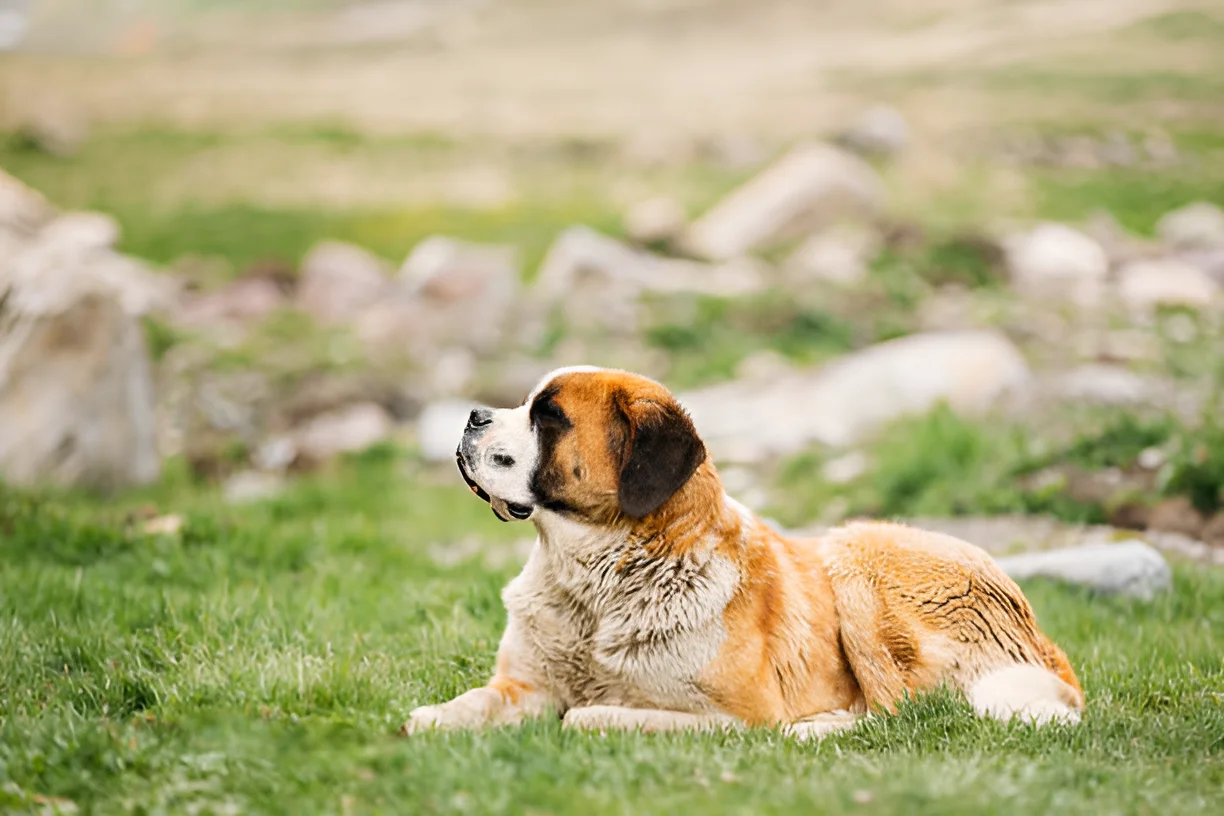An XL dog is typically defined as a dog weighing at least 70 pounds and standing over 24 inches tall at the shoulder. Understanding what qualifies a dog as XL involves looking at various factors including breed characteristics, size, and weight.
Dogs come in all shapes and sizes, from tiny teacup breeds to towering giants. Among these, XL dogs hold a special place due to their impressive size and often gentle nature. This comprehensive guide will explore what is considered an XL dog, the breeds that fall into this category, their unique characteristics, and how to care for them. Whether you’re considering adopting an XL dog or simply curious about these magnificent animals, this article will provide you with all the information you need.
Defining an XL Dog
The term “XL dog” refers to dogs that are significantly larger than average. Several factors contribute to this classification:
- Weight: XL dogs typically weigh at least 70 pounds.
- Height: These dogs usually stand over 24 inches tall at the shoulder.
- Breed Characteristics: Certain breeds are known for their large size and are commonly classified as XL.
Common XL Dog Breeds
Several breeds are commonly recognized as XL due to their size and weight. Here are some of the most popular XL dog breeds:
Great Dane: Known as the “Apollo of dogs,” Great Danes are one of the tallest dog breeds, often standing over 30 inches tall and weighing between 100-200 pounds.
Mastiff: Mastiffs are massive dogs with a muscular build. They can weigh between 120-230 pounds and stand around 27-30 inches tall.
Saint Bernard: Originally bred for rescue work in the Swiss Alps, Saint Bernards are large, powerful dogs that can weigh between 120-180 pounds and stand 25-30 inches tall.
Newfoundland: Known for their gentle nature and excellent swimming abilities, Newfoundlands can weigh between 100-150 pounds and stand 26-28 inches tall.
Bernese Mountain Dog: These dogs are known for their striking tri-color coat and gentle temperament. They typically weigh between 70-115 pounds and stand 23-27 inches tall.
Characteristics of XL Dogs
XL dogs possess several unique characteristics that set them apart from smaller breeds:
Size and Strength: XL dogs are known for their impressive size and strength. This makes them excellent working dogs, capable of performing tasks that require power and endurance.
Gentle Temperament: Despite their size, many XL dogs are known for their gentle and friendly nature. Breeds like the Great Dane and Newfoundland are often referred to as “gentle giants”.
Protective Instincts: Many XL breeds have strong protective instincts, making them excellent guard dogs. They are often loyal and devoted to their families.
Exercise Needs: Due to their size, XL dogs require regular exercise to maintain their health and prevent obesity. This includes daily walks, playtime, and mental stimulation.
Caring for an XL Dog
Caring for an XL dog involves understanding their unique needs and providing appropriate care:
1. Nutrition: XL dogs require a balanced diet that meets their nutritional needs. High-quality dog food formulated for large breeds is essential to support their growth and maintain their health.
2. Exercise: Regular exercise is crucial for XL dogs to prevent obesity and maintain their physical and mental well-being. This includes daily walks, playtime, and activities that stimulate their minds.
3. Grooming: Grooming needs vary by breed, but regular brushing, bathing, and nail trimming are essential for all XL dogs. Breeds with long coats, like the Newfoundland, may require more frequent grooming.
4. Health Check-ups: Regular veterinary check-ups are important to monitor your XL dog’s health and catch any potential issues early. XL dogs are prone to certain health problems, such as hip dysplasia and heart conditions.
5. Training and Socialization: Early training and socialization are crucial for XL dogs to ensure they are well-behaved and comfortable in various situations. Positive reinforcement techniques work best for these gentle giants.
Health Considerations for XL Dogs
XL dogs are prone to certain health issues due to their size. Understanding these potential problems can help you provide better care for your dog:
Hip Dysplasia: This genetic condition affects the hip joints and can cause pain and mobility issues. Regular exercise and maintaining a healthy weight can help manage this condition.
Bloat: Also known as gastric torsion, bloat is a serious condition that affects large, deep-chested dogs. It occurs when the stomach fills with gas and twists, cutting off blood flow. Immediate veterinary attention is required.
Heart Conditions: XL dogs are at a higher risk for certain heart conditions, such as dilated cardiomyopathy. Regular veterinary check-ups can help detect and manage these issues.
Joint Problems: Due to their size, XL dogs are prone to joint problems, such as arthritis. Providing joint supplements and maintaining a healthy weight can help alleviate symptoms.
Conclusion
An XL dog is typically defined as a dog weighing at least 70 pounds and standing over 24 inches tall at the shoulder. These dogs are known for their impressive size, strength, and gentle nature. Caring for an XL dog involves understanding their unique needs, including proper nutrition, regular exercise, grooming, and health check-ups. By providing appropriate care, you can ensure your XL dog leads a healthy and happy life.
The photo featured below the post headline is Credit: bruev/istockphoto
I hope you find this post helpful and informative. If Yes’ feel free to share it with your friends!
Frequently Asked Questions
What breeds are considered XL dogs?
Common XL dog breeds include Great Danes, Mastiffs, Saint Bernards, Newfoundlands, and Bernese Mountain Dogs.
How much exercise do XL dogs need?
XL dogs require regular exercise, including daily walks, playtime, and mental stimulation, to maintain their health and prevent obesity.
What health issues are common in XL dogs?
XL dogs are prone to health issues such as hip dysplasia, bloat, heart conditions, and joint problems.
How should I feed my XL dog?
Provide a balanced diet formulated for large breeds to meet their nutritional needs. Consult your veterinarian for specific dietary recommendations.
Are XL dogs good with children?
Many XL dogs are known for their gentle and friendly nature, making them good companions for children. However, supervision is always recommended to ensure safe interactions.

